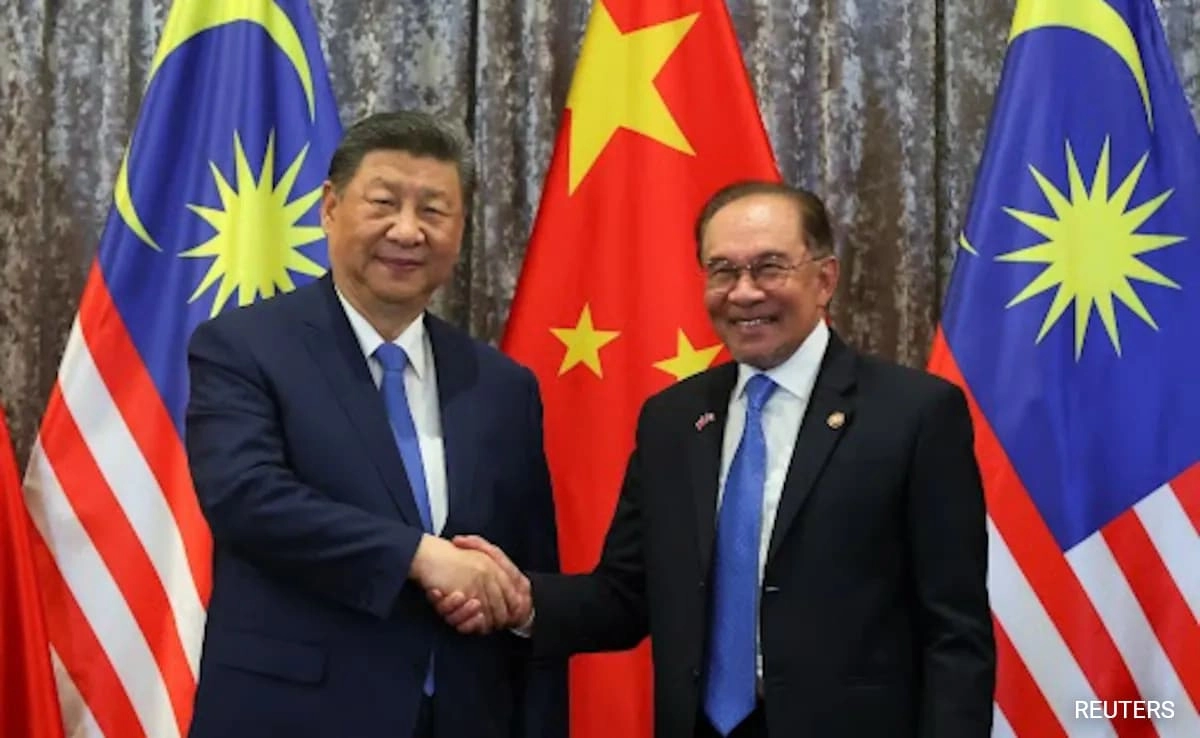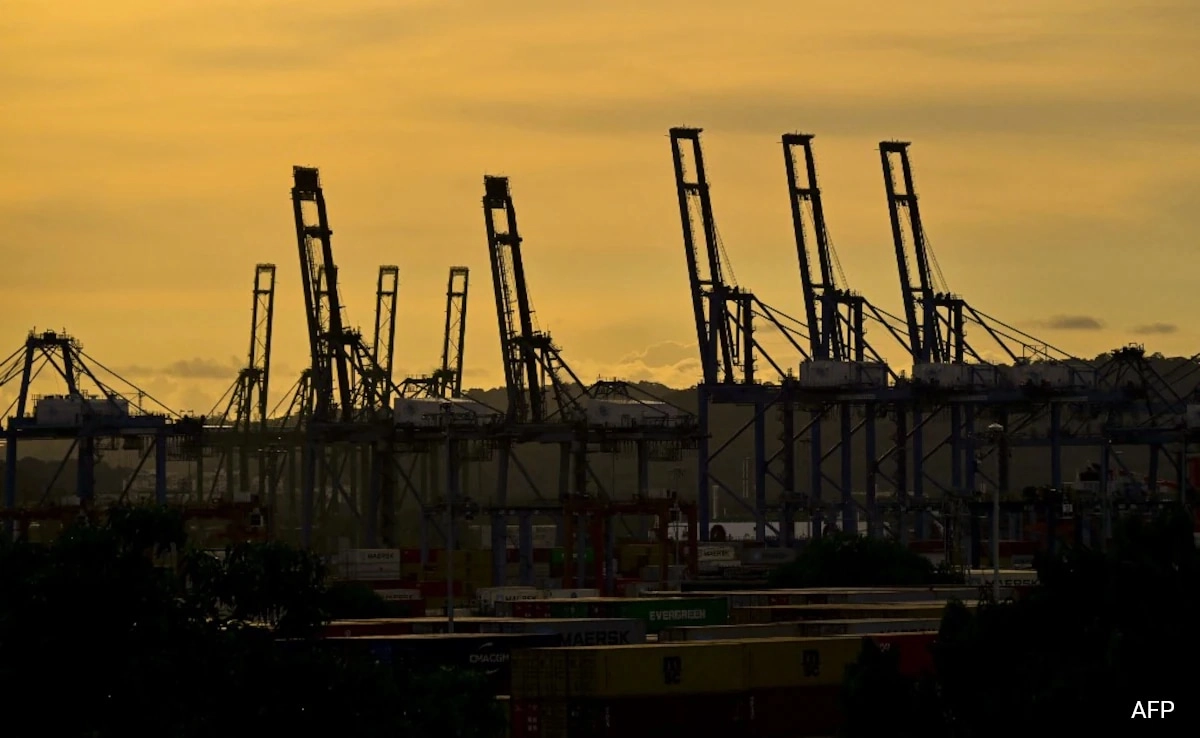China and Malaysia have recently underscored the importance of maintaining peace in the South China Sea, a region that has been a focal point of geopolitical tensions. The significance of this commitment was highlighted during an official visit by Malaysian Prime Minister Anwar Ibrahim to Beijing, where both nations took major steps to enhance their bilateral relations. During this visit, China and Malaysia signed a remarkable total of 31 agreements, which aim to strengthen cooperation across various sectors including trade, investment, education, and technology.
The South China Sea is a vital maritime area not only for its strategic shipping lanes but also for its rich natural resources, making it a point of contention among several countries in the region. China’s extensive territorial claims, particularly its “nine-dash line,” have resulted in heightened tensions with neighboring countries, including Malaysia. However, both nations have expressed a commitment to resolving their differences through dialogue and diplomacy rather than confrontation. This commitment to peace in the South China Sea is crucial for regional stability, especially given the growing involvement of external powers in the area.
The agreements signed between China and Malaysia reflect a broader strategy to deepen economic ties and foster mutual understanding. These agreements cover a range of areas, including infrastructure development, green technology, and cultural exchanges, which are expected to contribute positively to both nations’ economies. Furthermore, by collaborating on such initiatives, China and Malaysia aim to build a framework for sustainable development that respects each country’s sovereignty while promoting shared interests.
Overall, the recent developments between China and Malaysia not only reinforce their bilateral relationship but also emphasize the need for collaborative efforts to ensure lasting peace in the South China Sea. As both countries navigate the complexities of regional dynamics, their commitment to dialogue and cooperation serves as a model for other nations facing similar challenges in this strategically important maritime region. The successful implementation of these agreements may pave the way for a more stable and prosperous future for both countries and the broader Southeast Asian region.




